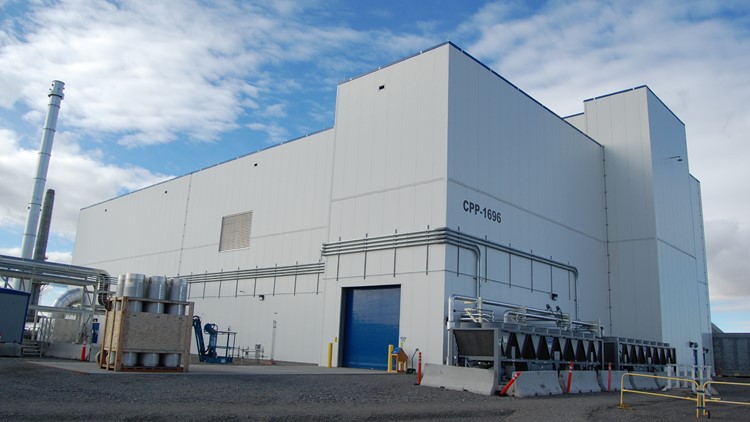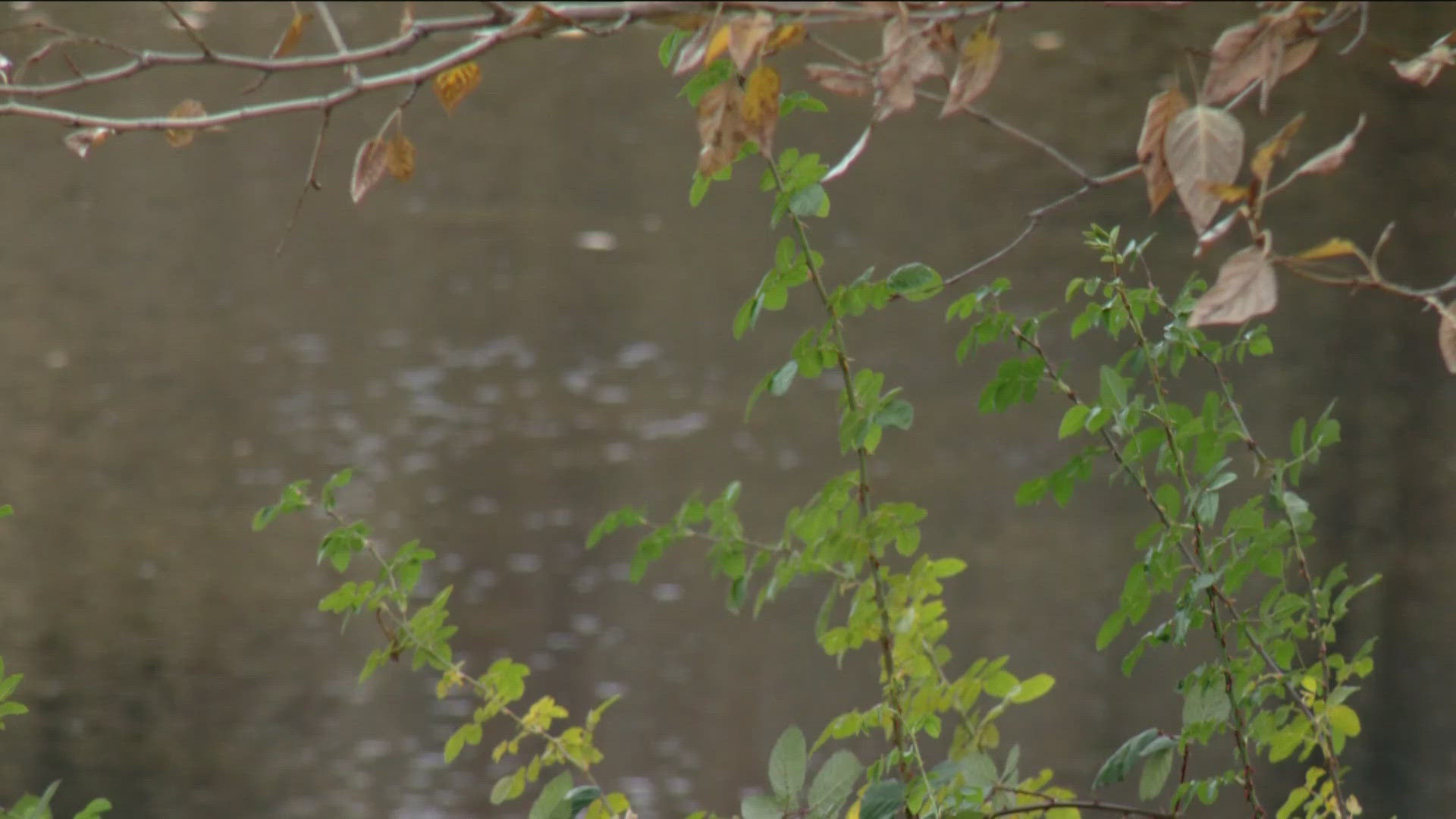BOISE, Idaho — A nuclear waste treatment plant in eastern Idaho designed to treat 900,000 gallons (3.4 million liters) of sodium-bearing, radioactive waste that has had numerous setbacks appears to be making progress, officials said.
The U.S. Department of Energy this week said that the Integrated Waste Treatment Unit at the department’s 890-square-mile (2,300-square-kilometer) site that includes the Idaho National Laboratory recently treated more than 100,000 gallons (380,000 liters) of simulant over seven weeks.
“The plant has operated extremely well during this several-week run,” Bill Kirby of the Idaho Environmental Coalition, an Energy Department contractor, said in a statement. “Our staff has done an outstanding job managing all facets of the facility."
The department plans additional testing and then a shutdown to make sure the plant is ready for radioactive waste. The department said increasing amounts of radioactive waste will be mixed with simulant when the plant is fully operational. The department didn’t give a timeline.
The Integrated Waste Treatment Unit has been beset with problems for years as scientists have struggled with the highly complex problem of converting the liquid waste into a more easily managed granulated solid. The liquid waste came from processing spent nuclear fuel to recover highly enriched uranium. The waste is in tanks above the Eastern Snake Plain Aquifer that supplies water to cities and farms.
The department is paying fines to Idaho for missing a deadline to convert the liquid waste into solid material as stipulated in a 1995 agreement that was the culmination of a series of federal lawsuits.
Idaho, because of the missed deadline, is preventing the department from bringing in research quantities of spent nuclear fuel to be studied at the lab.
If the treatment plant is successful, the granulated waste will be stored at the plant in stainless steel canisters placed in concrete vaults that will eventually be disposed at a national geologic repository. However, no such repository currently exists.
Watch more Local News:
See the latest news from around the Treasure Valley and the Gem State in our YouTube playlist:



